For centuries, Black women’s hair has been more than a fashion statement—it’s been a battleground for identity, acceptance, and resistance. From West African cornrows to the rise of the Afro in the Civil Rights era, to the current resurgence of curls, coils, and locs in mainstream media, natural Black hair tells a story—one of resilience, self-love, and radical beauty.
But why has natural hair been so politicized? And what role has racism played in shaping American beauty standards that make many Black women feel pressure to conform? To understand where we are today, we have to go back.
The Roots of Resistance: A Brief History of Black Hair in America
Before slavery disrupted African life, hair was an expression of culture and community. Intricate braids, shaved patterns, and protective styles weren’t just beautiful—they carried spiritual, social, and tribal meaning.
But in the Americas, enslaved Africans were often forced to shave or hide their hair. European colonizers viewed afro-textured hair as “wild” and inferior, laying the foundation for anti-Black beauty standards that persist today. Over time, straighter hair came to be associated with professionalism, desirability, and, most painfully, safety.
In the 20th century, straightening combs and chemical relaxers became widely used—not necessarily out of self-hate, but often as a form of economic survival. Madam C.J. Walker built an empire on haircare products designed for smoother styles, empowering Black women to control their appearance in a hostile society.
Then came the 1960s and ’70s.
The Afro, worn boldly by civil rights leaders like Angela Davis, became a symbol of Black pride and political defiance. “Black is Beautiful” wasn’t just a slogan—it was a counter-narrative to centuries of racial erasure.
Yet the backlash was swift.
By the 1980s and ’90s, afros and locs faded from the mainstream again, as many Black women returned to relaxers, weaves, or wigs to blend into Eurocentric spaces. Natural hair wasn’t gone—but it was largely underground.
The Natural Hair Movement: Online Rebellion, Offline Transformation
Fast-forward to the early 2000s, when a new kind of revolution began—this time online. Black women began documenting their “big chops” on YouTube, writing blog posts about twist-outs, and reviewing curl creams that actually worked for 4C hair.
This wasn’t just a beauty trend—it was a movement. It was about rejecting Eurocentric beauty standards and reclaiming Black identity on our own terms. It said: Our hair is not a problem to fix. It’s a crown to wear proudly.
The natural hair movement created community, commerce, and confidence. It birthed new businesses like Shea Moisture, Camille Rose, and Pattern Beauty by Tracee Ellis Ross. It changed the way hair was marketed, taught, and celebrated.
The CROWN Act: Legalizing the Right to Be Ourselves
Even with this cultural shift, discrimination hasn’t disappeared. Black students have been sent home for wearing braids. Employees have been fired for wearing locs or afros. In the eyes of the law, for too long, natural hair has been viewed as unprofessional or “extreme.”
Enter: The CROWN Act—Creating a Respectful and Open World for Natural Hair.
First passed in California in 2019, the CROWN Act makes it illegal to discriminate against someone based on hair texture or protective styles like twists, braids, and locs. As of 2025, over 20 states have adopted the law, and a federal version is still being pushed forward.
The message is clear: you shouldn’t have to straighten your identity to be accepted.

Media Is Changing—Because We Made It Change
Today, the media is finally beginning to reflect the full spectrum of Black beauty. From Lupita Nyong’o’s natural crowns on red carpets, to animated shorts like “Hair Love” winning Oscars, representation is no longer a rarity.
TV shows like Insecure, Queen Charlotte, and Black-ish center Black women who wear their natural hair unapologetically. Brands are being called out—and held accountable—for only celebrating Black features when it’s trendy or marketable.
Still, there’s work to do. Tokenism is real. So is the pressure to “fit in” at work or school. But the cultural tide is turning—and it’s Black women who are driving it.
Final Thoughts: Hair Is Power
The natural hair movement isn’t just about curls and coils—it’s about freedom. It’s about unlearning the lie that Black features must be tamed to be beautiful. It’s about showing the world, and ourselves, that we are enough as we are.
As the CROWN Act continues to gain traction and media representation grows more inclusive, one thing is clear:
Black hair is not a trend. It’s not unprofessional. It’s not “too much.” It’s powerful. It’s political. And it’s beautiful—naturally.
Follow Habari Entertainment for more stories that celebrate Black culture, identity, and truth.
#BlackIsBeautiful #CrownAct #NaturalHairMovement #HabariVoices


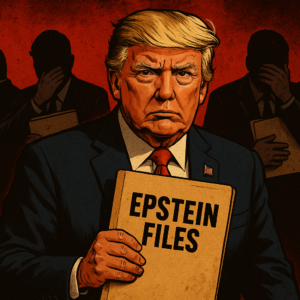

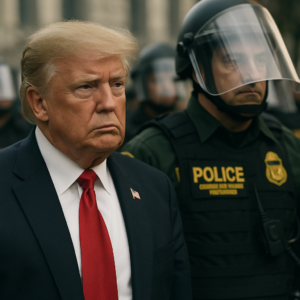

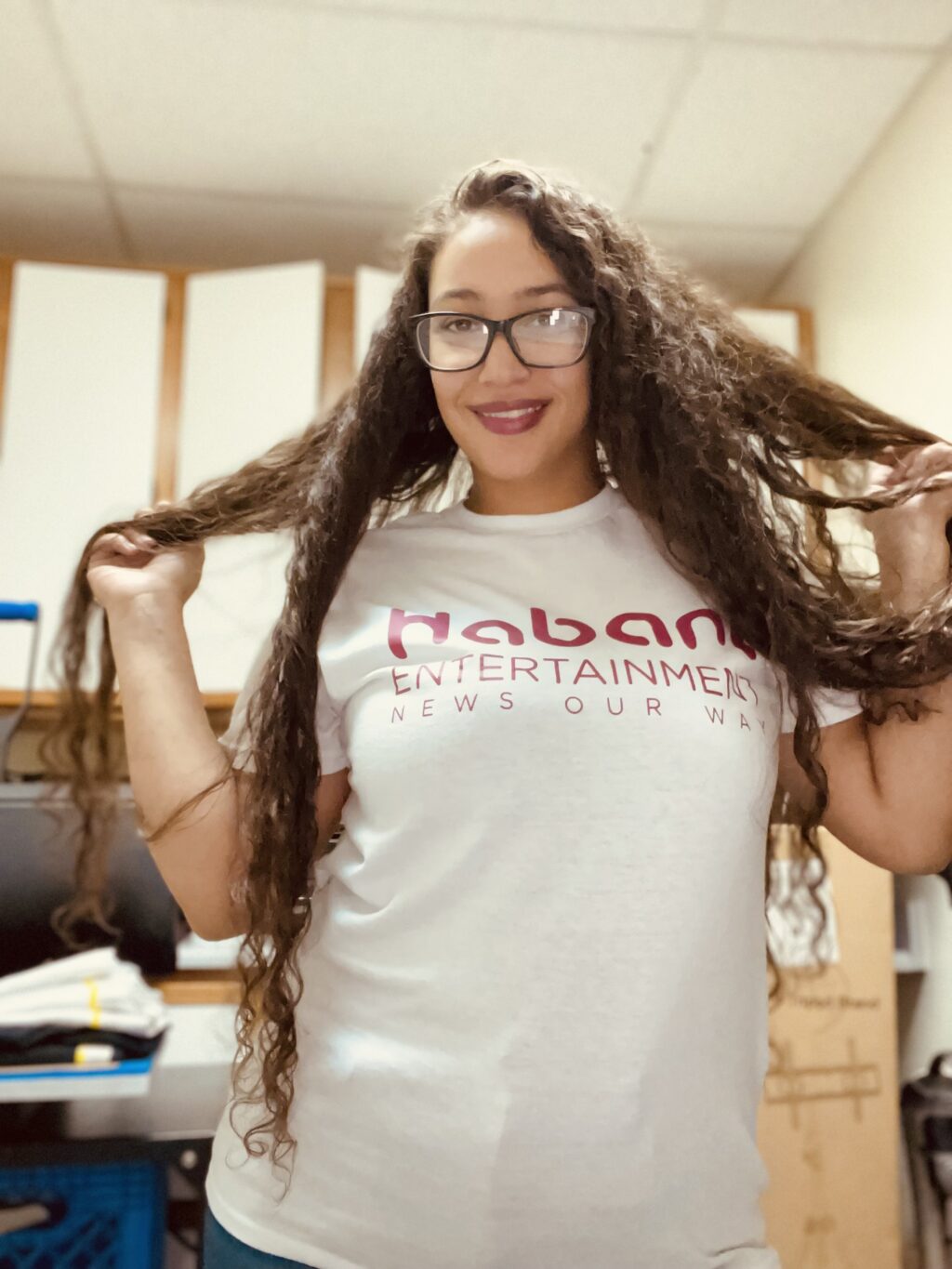
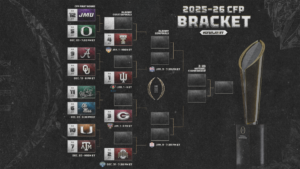
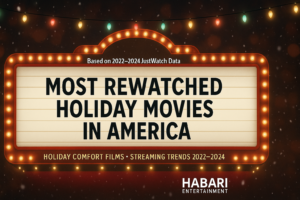
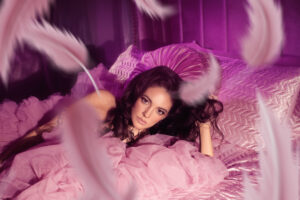
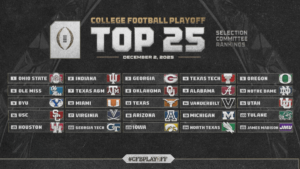
More Stories
Seasonal Storage Solutions That Keep Your House Clutter-Free
Seth Tabatznik Shines for Love in New Indie-Folk Single
Can the Arizona Cardinals Bounce Back Against the Dallas Cowboys on Monday Night?